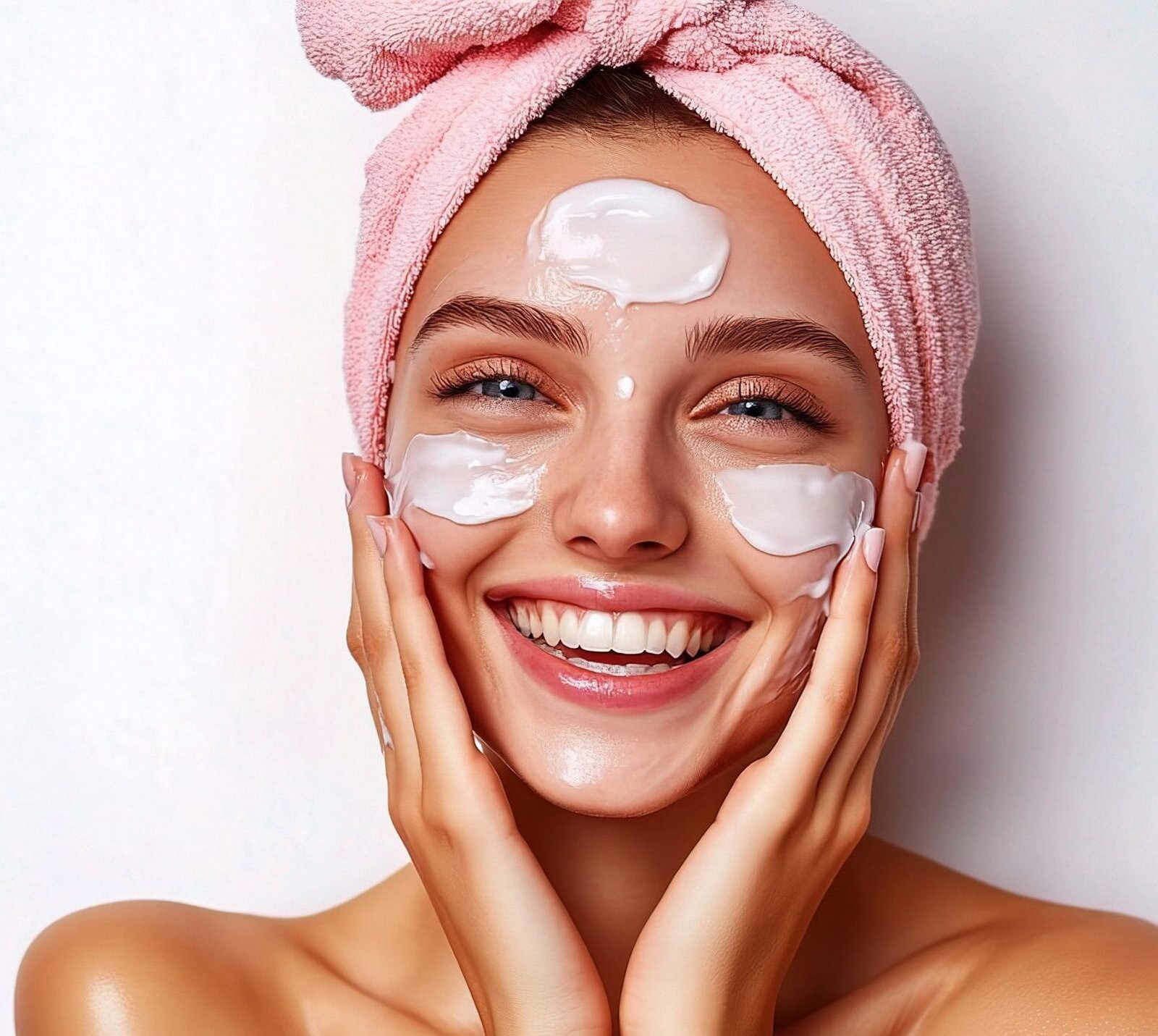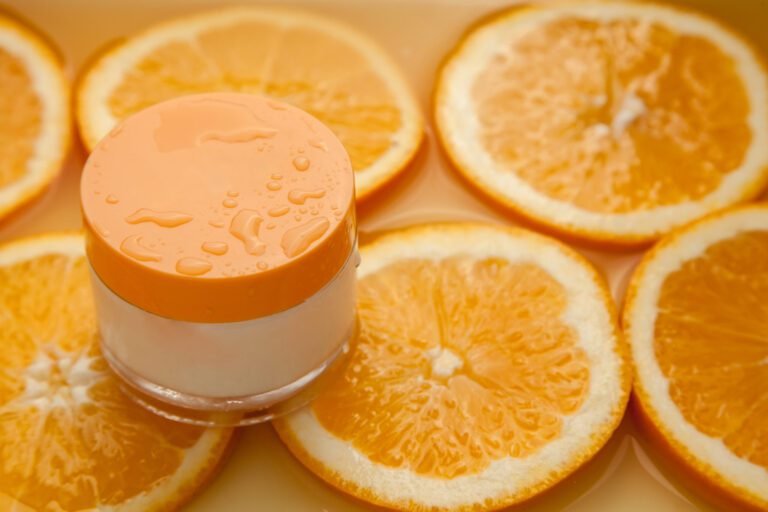You’ve probably heard about prebiotics, probiotics, and postbiotics in gut health. However, these microbiome-friendly ingredients are now transforming the world of skin care. When applied topically, they help maintain balance in the skin’s microbiome, strengthen the barrier, and promote visible radiance. As cosmetic biotechnology continues to evolve, these actives are becoming vital for formulating products that support sensitive, aging, and compromised skin.
What Are Prebiotics in Skin Care?
Prebiotics are non-living, plant-derived compounds that feed the good bacteria living on the skin. They don’t add new microbes; instead, they create a balanced environment that allows beneficial species to thrive. As a result, they help restore harmony and boost barrier strength after exposure to environmental stress.
Prebiotics can:
- Maintain a healthy skin microbiome
- Strengthen the barrier and reduce dryness
- Minimize redness and visible irritation
Common examples include inulin, fructooligosaccharides (FOS), and alpha-glucan oligosaccharide. These compounds act like nutrients for beneficial microbes, helping them outcompete harmful ones. In turn, this process improves overall skin balance and comfort, especially after cleansing or exfoliation.
What Are Probiotics in Skin Care?
Probiotics are beneficial bacteria or their ferments that help restore microbial diversity. Because live bacteria rarely survive in cosmetic formulations, most products use lysates, ferments, or filtrates. These forms deliver the same skin-calming and rebalancing effects while maintaining product safety and stability.
Probiotic-based skincare can:
- Replenish the natural flora
- Calm sensitivity and redness
- Reduce inflammation and breakouts
Common actives include Lactobacillus Ferment, Bifida Ferment Lysate, and Vitreoscilla Ferment. Moreover, research in Frontiers in Microbiology (2022) demonstrated that topical probiotic derivatives improve hydration and strengthen the barrier, showing measurable improvements in both sensitive and aging skin. Therefore, probiotic ferments are becoming essential for modern “skin resilience” formulations.
What Are Postbiotics in Skin Care?
Postbiotics represent the most advanced generation of microbiome-supporting actives. They are not live bacteria but rather the beneficial byproducts of fermentation—such as peptides, enzymes, fatty acids, and short-chain metabolites. Because they are stable, safe, and highly active, they offer the microbiome benefits of probiotics without the preservation challenges.
Postbiotics can:
- Soothe redness and irritation
- Support cellular regeneration
- Reinforce the skin barrier
- Provide antioxidant and antimicrobial protection
Common ingredients include Lactobacillus Ferment Filtrate, Saccharomyces Ferment, and Bacterial Lysates. Together, they create an environment where the skin’s natural microbiota can thrive. In addition, recent studies in Experimental Dermatology (2023) confirmed that postbiotics improve hydration and recovery in compromised skin, validating their role as next-generation actives for repair-focused products.
🧫 Understanding the Differences
| Type | Live? | Function | Common Forms |
|---|---|---|---|
| Prebiotics | No | Feed beneficial skin bacteria | Inulin, FOS, Oligosaccharides |
| Probiotics | Rarely (usually lysates) | Restore microbial balance | Ferments, lysates, filtrates |
| Postbiotics | No | Deliver benefits from probiotic byproducts | Peptides, enzymes, fatty acids |
Each biotic type works in harmony with the others. While prebiotics nourish, probiotics replenish, and postbiotics protect, their combined use helps the skin maintain long-term balance and visible vitality. In other words, a formula designed with all three provides both preventive and restorative care.
💡 Why Skin Biotics Matter
The skin microbiome functions as a living shield that defends against pollutants, UV radiation, and environmental stress. When this ecosystem is disrupted, the skin can experience dryness, irritation, and premature aging. Therefore, maintaining microbial balance is essential for overall skin health.
Using pre-, pro-, and postbiotics together creates a synergistic cycle. The prebiotics feed the good bacteria, the probiotics restore diversity, and the postbiotics lock in benefits while protecting against external triggers. As a result, skin becomes more hydrated, balanced, and resistant to sensitivity.
Furthermore, this biotic synergy supports a cleaner, more sustainable approach to formulation. These actives require low energy to produce, work well in low-preservative systems, and align with the growing demand for skin-friendly, eco-conscious cosmetics.
The Future of Microbiome Skin Care
The next generation of microbiome formulations is focused on precision biotics—high-purity actives optimized for stability and delivery. For example, encapsulated lysates and controlled-release postbiotics maintain potency while improving compatibility with other sensitive actives. Because of this, formulators can design products that perform effectively even on delicate or reactive skin.
In addition, microbiome skin care is now crossing into nutricosmetic applications. The same biotic mechanisms that balance the skin externally can support the gut-skin axis internally. Consequently, ingestible supplements with probiotics and algae-based prebiotics are becoming complementary to topical microbiome routines.
Final Thought
Prebiotics, probiotics, and postbiotics work together to sustain a healthy, resilient complexion. By feeding, replenishing, and protecting the skin’s microbiota, they elevate skincare from surface hydration to complete barrier wellness. Moreover, they reflect a broader shift in beauty science—from treating symptoms to restoring biological balance.
If you’re formulating microbiome-based products or researching skin-barrier innovation, contact info@grandingredients.com or explore our Postbiotic Actives Collection. Our advanced biotic systems support regeneration, hydration, and microbiome harmony for high-performance skincare.







